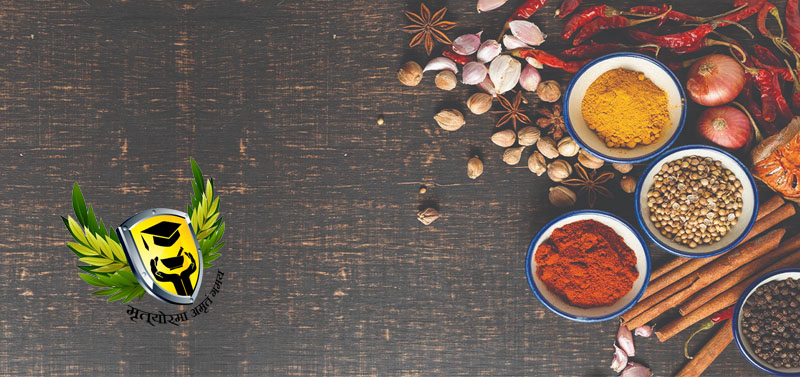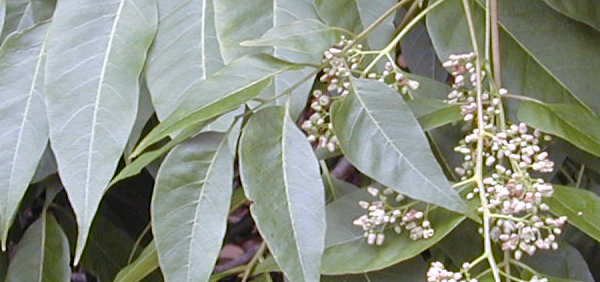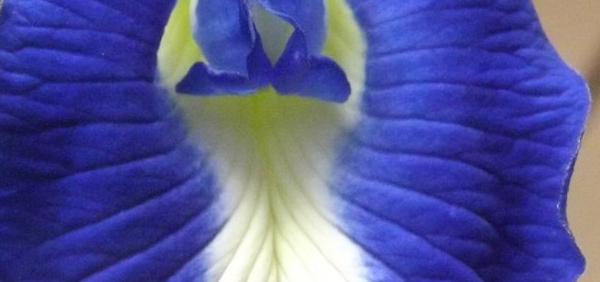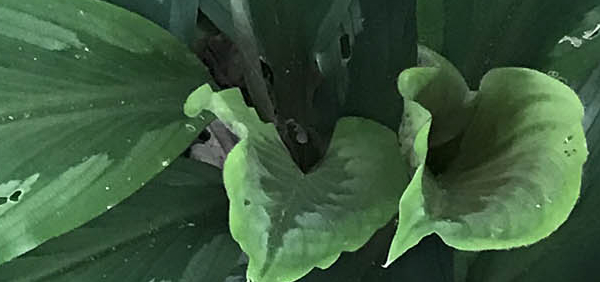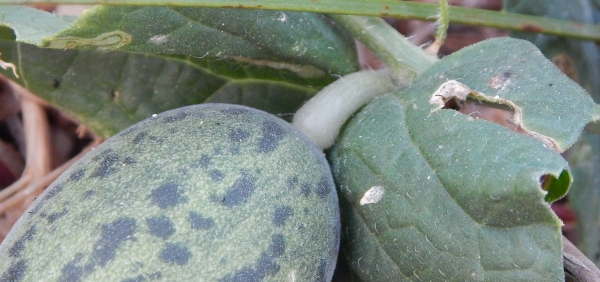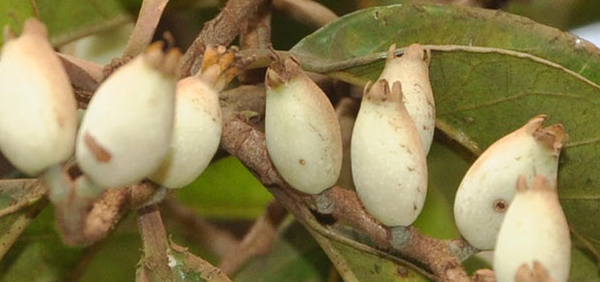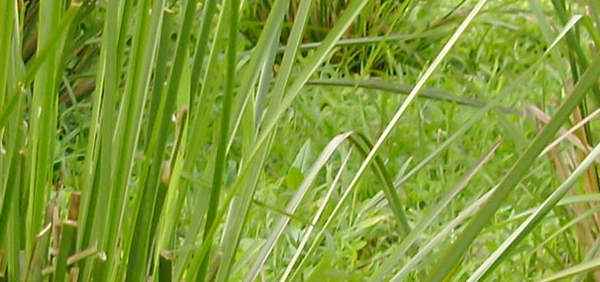madhushigru :
 Moringa concanensis Nimmo is amedicinal plant belonging to the familyMoringaceae , which is called asKattumurungai or Peyimurungai inTamil. It is present in large amount inthe district of Perambalur, Tamilnadu
Moringa concanensis Nimmo is amedicinal plant belonging to the familyMoringaceae , which is called asKattumurungai or Peyimurungai inTamil. It is present in large amount inthe district of Perambalur, TamilnaduTaxonomical Classification
Kingdom: Plantae - Plants
Class: Magnoliopsida - Dicotyledons
Family: Moringaceae
Genus: Moringa
Species: Moringa concanensis
VERNACULAR NAMES
Sanskrit: Aksiva, Bahulada, बहुपल्लव Bahupallava, बहुपत्रक Bahupatraka, GarbhapatakaEnglish: Konkan Moringa
Hindi: जंगली सरगुआ Jangli sargua, सेंजन Senjana
Telugu: Adavimunaga
Marathi: मशींग Mashinga, रान शेवगा Ranshevaga
Tamil: கட்டு முறுங்கை Kattu murungai
Malayalam: മുരിന്ഗാ kattu Muringa
Kannada: Nugge, Kaadu nugge
Sindhi: Mahua
Varities:
Varunadi ganaDefinition
Synonyms
Synonyms in Ayurveda: madhushrigruRasa: Katu Madhura Tikta
Guna: Laghu Teeskhsna Ushna
Vipaka: Katu
Karma: Kaphapittasamaka
anticancerous, antibacterial, antifungal, analgesic, and anti-inflammatory type of activities.
Harvesting:
Flowering and fruiting: February-JunePhytochemistry:
The leaves of M. concanensis had been located to contain a higher quantity of triterpenoids and flavonoids.PHARMACOLOGY:
Substitute:
Roots of M. concanensis used as substitute for M. oleifera.Controversy:
General properties of M. concanensisare the same of the M. oleifera i.e.,powerful tonic alternative, stomachic,laxative and asthma (Kiritikar andBasu, 1984)Morphology:
Trees; branchlets warty, tomentose. Leaves alternate, 2-pinnate, 100 x 80 cm; pinnae 5-8 pairs, opposite; leaflets odd-pinnate, 4-6 pairs, opposite, broad-ovate or elliptic, 1-3 x 1-2 cm, chartaceous, glaucous below, base rotund, margin entire, apex obtuse, retuse, apiculae; petiole to 8 cm, pulvinate; petiolule 2 mm. Panicles ca. 20 cm, lax, divaricate, pubescent; peduncle to 6 cm; bracts and bracteoles linear 1-2 mm; pedicel jointed, to 1 cm. Flowers 1.5 cm across. Calyx -lobes 5, oblong, subequal, 0.8-1.2 x 0.4-0.6 cm, tomentose. Petals 5, white, with purple streaks, oblong-obovate, 1.5 x 0.5 cm, unequal. Fertile stamens 5; filaments 4-6 mm, pubescent; anthers 2 mm; staminodes declinate. Ovary stipitate, tomentose, 3 mm; ovules numerous on 3 parietal placentae; style slender; stigma truncate, perforate. Capsule to 60 x 1.5 cm, beaked; seeds numerous, 3-angled, 2 x 1.5 cm; wings hyalineGeographical distribution:
ECOLOGICAL ASPECT:
It is restricted in its distribution.Plant conservation:
EndangeredGeneral Use:
The gum from bark is used to relieve headache, and seeds are used to cure tumors in folk medicine.Seed and seed oil is used in inflammation, cardiovascular, gastrointestinal, hematological and hepatorenal disorders.Therapeutic Uses:
Systemic Use:
A powerful tonic, stomachic, laxative and good in inflammations.Administration:
ExtractPharmacological:
Clinical trials:
Vijayakumar S, Bhuvaneshwari V, Sumathi A. Antioxidant and anticancer potential of methanolic leaf extract of Moringa concanensis Nimmo against human breast cancer cell line MCF-7. Int J Pharm Phytochem Res 2017;9;750-4.Research:
Shukla S, Mathur R, Prakash AO. Anti-implantation efficacy of Moringa concanensis Nimmo in rats. Int J Crude Drug Res 2008;26:29 32.Use in other system of medicine:
. Leaves, flowers and seeds is used for curing various ailments in humans. Leaves are used to reduce cholesterol and body weight, to increase fertility in women, to reduce fatigue, for constipation and to treat jaundice.CONCLUSION:
The plant M. concanensis (Moringaceae) has a single genus with 13 species have been recorded in India. It is an evergreen tree, widely distributed on dry lands. Commonly known as Kattumurungai or Peyimurungai in Tamil. The entire plant is contains different types of phytoconstituents and they are used nutritional and medicinal benefits. The different parts of the plants are used in different types of ailments and various human diseases such as anti inflammatory, antifertility agent, analgesic, antimicrobial, reduce cholesterol, skin tumor, diabetes, and eye care etcPhotos of madhushigru -
- Courtesy: https://www.flickr.com/photos/siddarthmachado/21592517989
- Courtesy: https://www.flickr.com/photos/siddarthmachado/21767690372/sizes/l/
- Courtesy: http://www.plantillustrations.org/illustration.php?id_illustration=161945&SID=0&mobile=0&code_category_taxon=9&size=0
- Courtesy: https://www.researchgate.net/figure/Surface-features-of-the-bark-of-Moringa-Concanensis-1-Outer-surface-2-Inner-Surface_fig5_268399220
- Courtesy: https://www.flickr.com/photos/bigleaftropicals/3400737503/
KEY WORDS: madhushigru Moringa concanensis
- » Classification and names of madhushigru
- » Synonyms and definitions of madhushigru
- » Drug Properties of madhushigru
- » Chemical Constituents of madhushigru
- » Standardization of madhushigru
- » Parts used and Dosage of madhushigru
- » Morphology and Histology of madhushigru
- » Distribution and Conservation of madhushigru
- » Cultivation of madhushigru
- » madhushigru in the market
- » Medicinal Uses of madhushigru
- » Researches and clinical trails of madhushigru
- » madhushigru in other sytems of medicine
- » Ayurvedic formulations with madhushigru
- » Images of madhushigru







